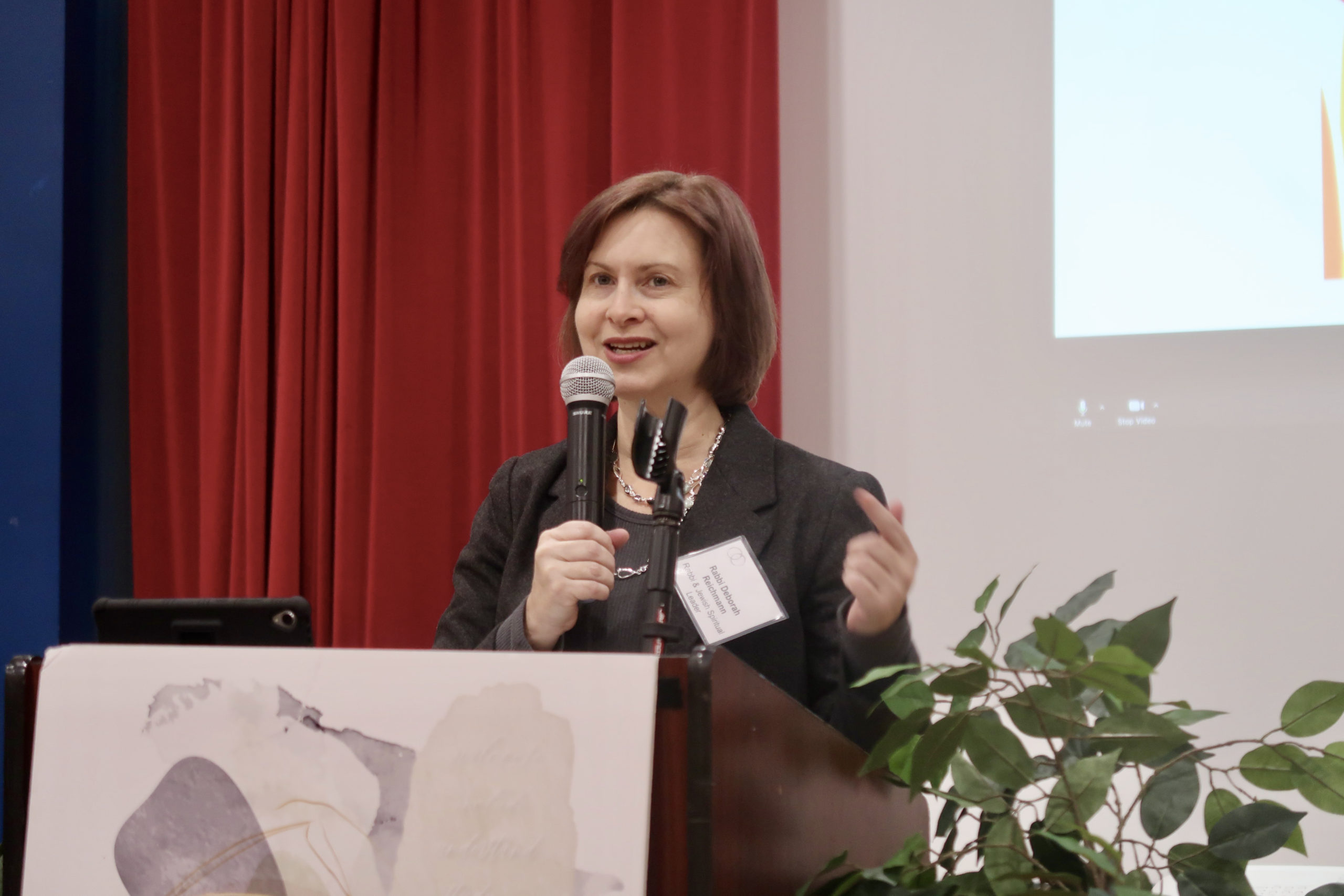The story of Passover is the most miracle-filled narrative in the Hebrew Bible. You’ve got the burning bush, the rods into serpents, the ten plagues, the crossing of the Red Sea, the pillars of smoke and fire, manna from heaven, and of course, the giving of the law on Mount Sinai. It’s overwhelming to see God’s strength and power and divinity laid out so starkly in a narrative of human suffering and human hope.
One of the miracles, in particular, caught my eye this year.
Exodus 14:21-22: Then Moses held out his arm over the sea and Adonai drove back the sea with a strong east wind all that night, and turned the sea into dry ground. The waters were split, and the Israelites went into the sea on dry ground, the waters forming a wall for them on their right and on their left.
Of all the miracles and plagues that preceded this, the parting of the sea is the first miracle of Exodus that is for the benefit of the Israelites. The burning bush brought Moses to leadership, the plagues brought Pharaoh to change his mind on the enslavement of the Israelites, but it was here on the banks of the Red Sea that God first made a miracle for his people to engage in. In effect, this was an interactive miracle.
Why would I say that? God did all the work — splitting the sea, the Israelites just had to march on through. Not exactly. There is a midrash (ancient commentary on the Torah) that tells the story of Nachshon ben Aminadav. As the Israelites fled from Egypt upon reaching the Red Sea, it did not automatically part before them. They stood at the banks of the sea and wailed with despair, but one man, Nachshon, had faith that God would protect him and entered the waters. Once he was up to his nose in the water, the sea parted, and all the Israelites went through.
The miracle could only occur when someone had the courage and the faith to trust that it would. Those wailing in despair could see no way forward. They only saw the roiling waters of the sea before them and the approaching Egyptian army coming behind. Nachshon saw something different. He saw the roiling waters as an obstacle, yes, but one that needed to be faced. He didn’t know the shape of the miracle ahead of him, he just knew that he had to go forward. I imagine him wading into the waters, not knowing how or if he would survive. The waves lapping at his feet, his thighs, his midriff, his chest, his neck, and the deep breath he took as he took one last step that would completely submerge him. I imagine the fear and the doubt. Yes, doubt. Nachshon took a leap of faith, but it wouldn’t have been meaningful if that bit of doubt wasn’t there. The courage of one man saved an entire nation.
And the lesson for us, for today? We’ve never been able to rely on miracles. A miracle is only possible if individuals have the courage to overcome doubt and fear and go forth anyway. The Israelites were lucky to have Nachshon brave the fear and doubt. We can’t count on someone being the Nachshon of our time, it is upon us to brave the fear and the doubt and go forth anyway.
Passover is a time of renewal, of Spring, of hope and what better hope is there than when we assume the mantle of responsibility and go forth into the doubt and uncertainty. We do not know where our path will take us, we do not know that God will part the sea before us, but we do know that inaction is a path to failure. Like Nachshon, we must have faith that the right path is that of action, of doing the right thing, of having the courage to face our fears and our doubts and to go into the roiling waves. Maybe a miracle will help us on our way, maybe not. Either way, our actions are those of conscience and resilience, and in that we can have faith.
Below are some links to Passover resources, should you wish to use them.
The Family School’s Passover & Easter Program
https://ajws.org/who-we-are/resources/holiday-resources/passover/





